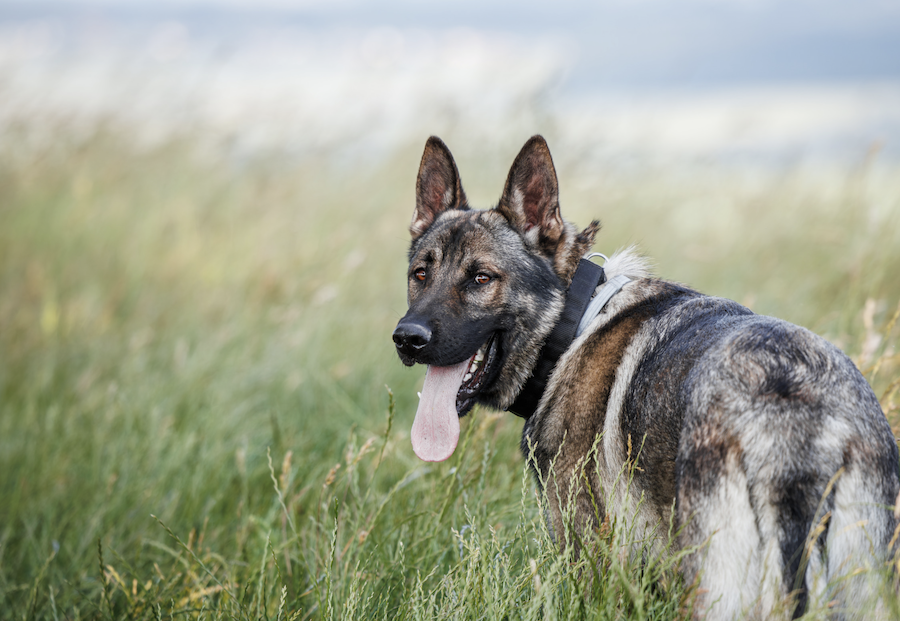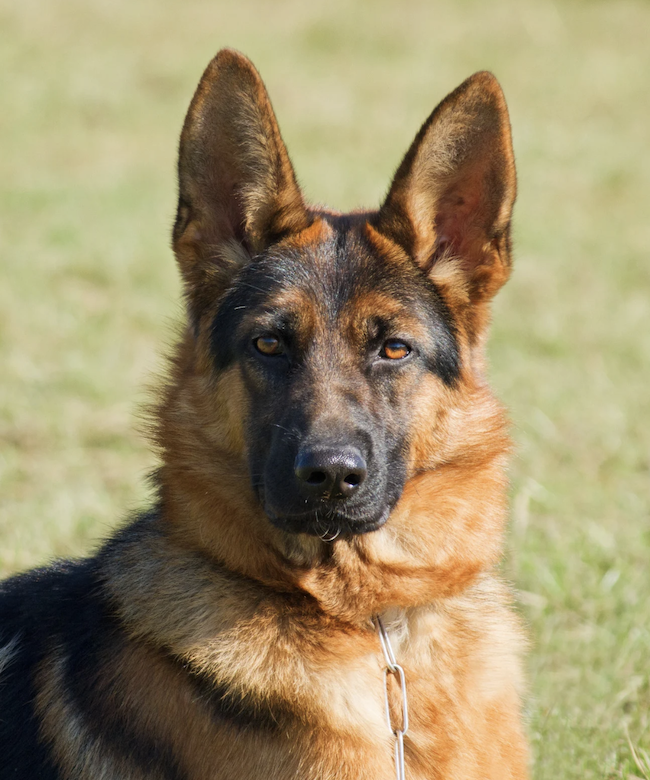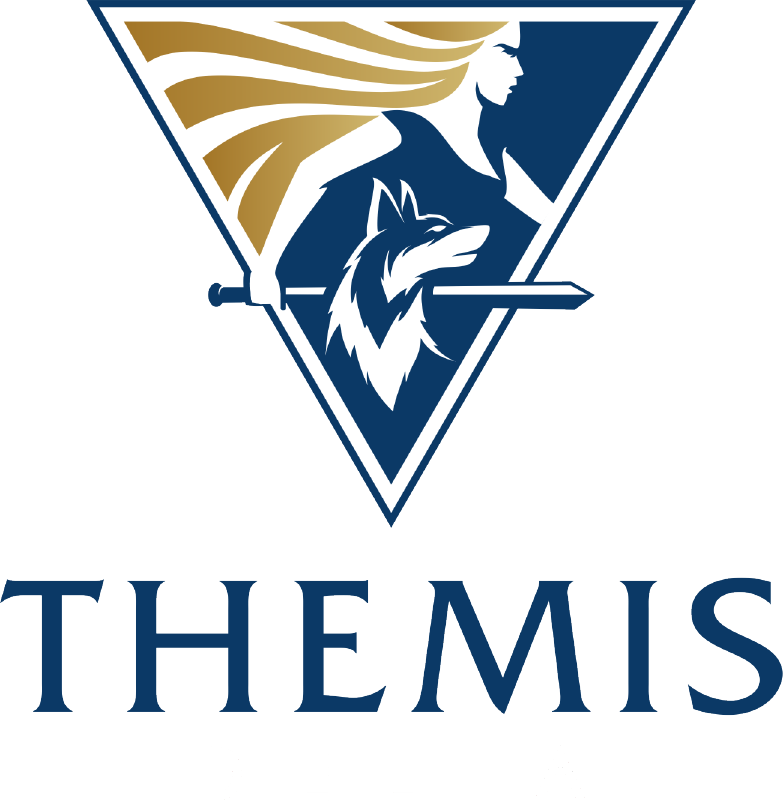The German Shepherd Dog (GSD) is one of the most well-known and beloved dog breeds worldwide. However, many people have encountered the term “Alsatian” and wondered—are they the same breed, or is there a difference? In this blog, we’ll explore the history of the German Shepherd, the origin of the name “Alsatian,” the different lines within the breed, and the various roles this intelligent and versatile dog has played throughout history.

The Origins of the German Shepherd
The German Shepherd Dog was developed in Germany in the late 19th century by Captain Max von Stephanitz, who aimed to create the perfect herding and working dog. By selectively breeding sheepdogs with desirable traits such as intelligence, loyalty, and strength, he created what would become one of the most versatile and capable breeds in the world.
The breed was officially recognized in 1899 and quickly gained popularity, not only as a herding dog but also in military and police work. German Shepherds were prized for their ability to learn commands quickly, their unwavering loyalty to their handlers, and their ability to perform under pressure.
Why the Name “Alsatian” Exists
The term “Alsatian” originated in the United Kingdom after World War I. Due to anti-German sentiment at the time, the British were reluctant to use the word “German” in the breed’s name. Instead, they renamed the breed “Alsatian Wolf Dog,” after the Alsace-Lorraine region of France, which borders Germany. This name was used to distance the breed from its German origins while still acknowledging its European heritage.
The term “wolf dog” was later dropped because it created confusion and led people to mistakenly believe the breed was part wolf. For many years, “Alsatian” remained the preferred name in the UK, but by 1977, the Kennel Club officially changed the name back to “German Shepherd Dog” to align with international standards. Today, “Alsatian” is still sometimes used, especially by older generations in Britain, but it refers to the exact same breed as the German Shepherd.
Different Lines of German Shepherds
Over time, different breeding programs have resulted in various lines of German Shepherds, each developed for specific purposes. The main distinctions include:
1. West German Working Line
- Bred primarily for working ability rather than appearance.
- Highly intelligent, strong, and agile, making them ideal for police, military, and search-and-rescue work.
- Usually have darker pigmentation and a more athletic build.
2. West German Show Line
- Bred to meet the breed standard as outlined by the SV (Verein für Deutsche Schäferhunde).
- Generally have a sloped back and a more refined appearance compared to working lines.
- They are commonly seen in conformation dog shows but still retain strong working abilities.
3. East German (DDR) Working Line
- Developed in East Germany during the Cold War for military and border patrol work.
- Known for their strong build, deep chest, and endurance.
- They tend to have darker coats and strong bite force, making them ideal for protection work.
4. Czech Working Line
- Originally bred for the Czechoslovakian military.
- Similar in build to the DDR line but with even higher endurance and a strong prey drive.
- Excellent for tracking, guarding, and police work.
5. American Show Line
- Bred primarily for appearance and conformation competitions in the United States.
- Typically have a more exaggerated sloped back and lighter bone structure.
- Tend to have a more relaxed temperament and may not have the same working drive as European lines.
Roles of the German Shepherd Throughout History
German Shepherds have played a vital role in various fields due to their intelligence, loyalty, and trainability. Some of their most notable roles include:
1. Herding Dogs
Originally bred for herding sheep, German Shepherds excel at controlling livestock with precision and authority. While their role in modern farming has diminished, they are still capable herding dogs.
2. Police and Military Dogs
GSDs are widely used by police forces and militaries around the world. Their keen sense of smell, strength, and obedience make them ideal for roles such as search-and-rescue, bomb detection, drug detection, and apprehending criminals.
3. Service and Therapy Dogs
German Shepherds are commonly used as guide dogs for the visually impaired, mobility assistance dogs, and emotional support animals. Their intelligence and strong bond with humans make them excellent companions for individuals with disabilities.
4. Search and Rescue Dogs
Due to their exceptional nose and ability to track scents over long distances, GSDs are used in search and rescue missions, often deployed after natural disasters to locate survivors.
5. Personal Protection and Guard Dogs
German Shepherds are frequently used as personal protection dogs due to their strong guarding instincts. They can be trained to protect their family while still being gentle and affectionate at home.
German Shepherd vs. Alsatian: Is There a Difference?
Despite the historical name change, there is no difference between a German Shepherd and an Alsatian. They are the same breed, with identical physical traits, temperament, and abilities. The only distinction is the name, which was temporarily changed in the UK due to political reasons. Today, the name “German Shepherd Dog” is used almost universally, but “Alsatian” still lingers in some places.

The German Shepherd, also known as the Alsatian in some parts of the world, remains one of the most respected and versatile dog breeds. Whether in law enforcement, military service, therapy work, a protection dog or as a loving family companion, GSDs continue to prove their intelligence, loyalty, and courage. While the name “Alsatian” may still be used occasionally, it is important to remember that it refers to the same incredible breed that has captured the hearts of dog lovers for over a century.
If you’re considering adding a German Shepherd to your family, make sure to research the different lines to find one that best suits your lifestyle—whether you’re looking for a working dog, a show dog, or a loyal pet. Regardless of what you call them, one thing is certain: the German Shepherd is truly an extraordinary breed.

